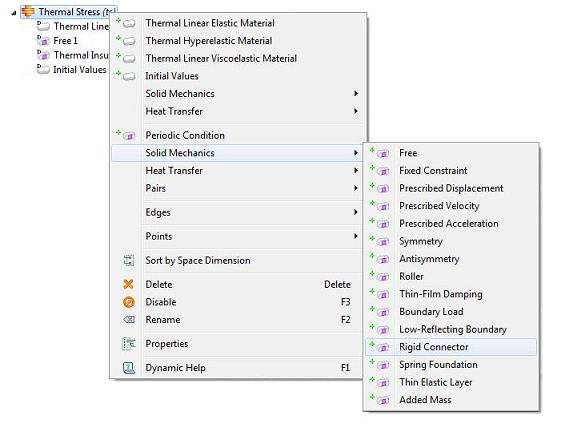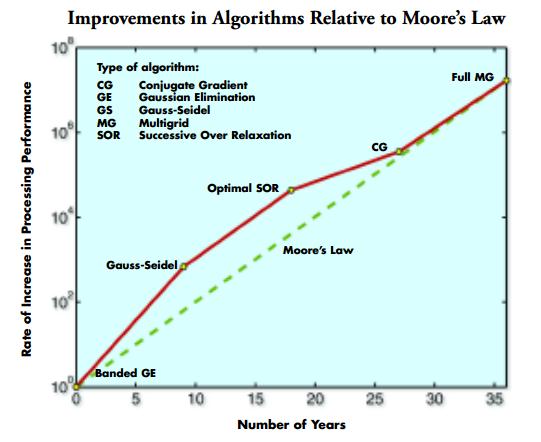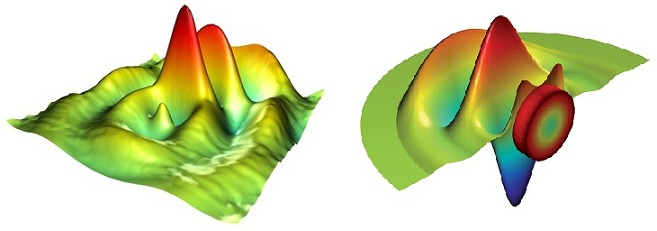All posts by David Kan

Simulating Viscous Fingering Using Equation-Based Modeling
A prospective user of COMSOL approached me about modeling viscous fingering, which is an effect seen in porous media flow. He hadn’t found a satisfying solution elsewhere, so he turned to COMSOL. I’d like to share with you some of my insight on how to go from idea to model to simulation by taking a “do-it-yourself approach” and utilizing the equation-based modeling capabilities of COMSOL Multiphysics.

Fractals, Beyond Eye Candy
Fractals are those exotic mathematical entities whose geometric properties fall between integer dimensions (1D, 2D, 3D). Space-filling curves and bounded sets with infinite perimeters fall into this category.

Multiphysics versus FEA
In a popular post from last year, I discussed accessing and manipulating the underlying equations in COMSOL. This blog post instigated reader comments, and most of the respondents appreciated, or even required, the ability to look at the mathematical model (i.e., equations) behind the physics. While considering this, I realized that there is more to the story, and with a little perspective, the community could benefit from further discussion.

Is Fracking Safe? Scientists Turn to Simulation to Investigate
Hydraulic fracturing (popularly referred to as “fracking”) is a method to increase production of oil and gas from certain types of geological formations. It has been used for decades, but recently, as the practice has increased, fracking has become a controversial topic. I will avoid taking sides in this debate, but the fact that there is a conflict implies there needs to be a deeper understanding of the process and its effects.

Equations: Who Needs Them?
Most of us take mathematical modeling for granted. After all, we’re taught physics and calculus almost hand-in-hand. But we owe a lot to the early pioneers like Isaac Newton, who demonstrated and strongly promoted interpreting natural phenomena through equations. Differential equations are especially useful since most things change as time marches on. Since we live in 3D space, partial differential equations (i.e., equations that express change in more than one “direction”) arise as the prominent tool to express continuum level […]

User Tip: All About Icons
I give a lot of COMSOL workshops — about 20 so far this year. These are great events and they include hands-on minicourses, which allow me to connect with the audience. One topic that I often spend a few minutes on might surprise you: icons. The icons, especially those found at the nodes in the Model Builder, are packed with useful information. They’re easy to miss because they’re small, but knowing what they mean can be a big help.

Moore’s Law for Solvers
At the heart of any simulation software are the solvers. Those are things that take geometry/mesh/physics to the computational results. While it’s convenient to think about solvers in terms of the type of study (think time-dependent, parametric, or eigenvalue), there is a hierarchy of solvers that are usually employed. And at the foundational level of any simulation — and for every iteration — there is a linear solver.

Multiphysics Makes Single-Physics Simulations Better
Coupled physics phenomena (like electrical heating, fluid structure interaction, and conjugate heat transfer) demand multiphysics, which I’ve written about previously in “What is Multiphysics?”. But what if you just have a simple analysis to do — one that has been simplified to the point where only a “single physics” (to coin a term) is considered? What benefits does multiphysics have for this?
